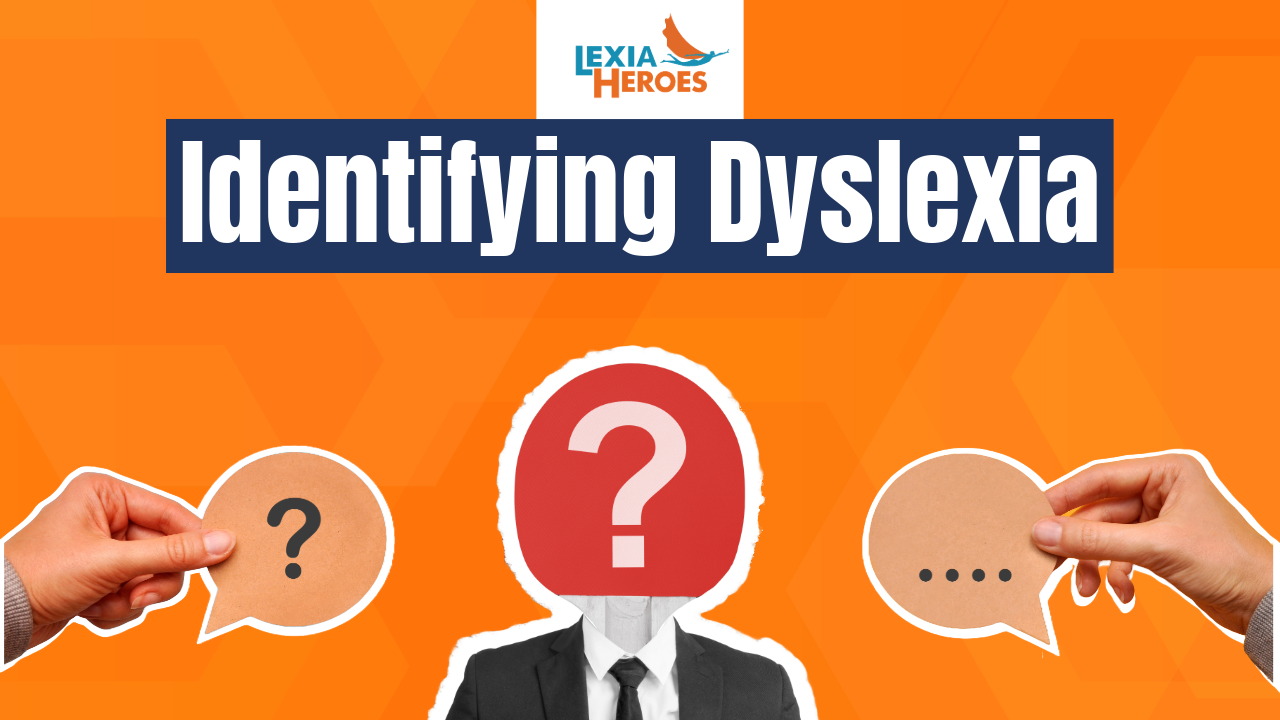Identifying Dyslexia
“One thing I wish parents knew is that one of the hallmarks of dyslexia is inconsistency. When you have a bright kid that is struggling in unexpected and inconsistent ways with reading, we should probably look at the possibility of dyslexia.”
—Pamela Taylor, MS EdPsych, Dyslexia Practitioner
What is one myth of dyslexia parents should know?
The number one myth that bothers me most is that if your child can read, they don’t have dyslexia. Where the truth is that most people with dyslexia can read, up to a point.
What’s the most common age for identification?
You would think it would be our little guys. But a lot of young kids, because they’re so bright it might seem like they are reading, but they’ve actually invented their own system of reading. It’s that compensatory reading system that uses visual memory and they can often use this for quite a while, which is why sometimes we don’t see them.
We often identify kids around the 4th grade, and we suspect that it’s because of a couple things:
The type of reading has changed, we’re no longer learning to read. They’re now reading at a higher level, and this is when the vocabulary starts to outstrip the visual ability to memorize words. The volume of reading increases without the predictable storylines, and now reading starts to become glitchy.
This is also a time that we introduce a lot of math that requires a lot of memory. So often about 4th grade we will start seeing more issues.
Unfortunately, we don’t see most kids until about 6th grade, and sometimes it trends a little bit higher. Part of that is because about 4th grade or 3rd grade, when their reading systems get a little bit glitchy, these kids are told to try harder. People say, “You got it yesterday. I know you got it. I know you have it. If you try really hard, you can get it today.” And when they can’t get it that day, because of memory issues or whatever kinds of executive choices they have to make, we then think it’s a matter of effort or focus, when in reality it’s a matter of not being able to access visual memory, which makes sense because visual memory is impressive, but it’s not very efficient or reliable.
If a parent has a child that appears to be reading, what are some clues that they are using their visual memory, instead of actually reading?
There are several things that we can look for in kids who are reading using visual memory instead of using language processing. One of those is inconsistency. When you have a bright kid that is struggling in unexpected and inconsistent ways with reading, we probably want to look at the possibility of dyslexia. And this is kind of hard to do, especially with kids who are twice exceptional, really bright. Their intelligence tends to mask how much they’re struggling with dyslexia, and their dyslexia tends to mask how bright they really are sometimes.
We, as parents start to think, “well, you know, he was so bright when he was a kid, his vocabulary was so advanced, and now I can hardly get him to do anything in school.”
That’s actually probably a little bit more predictive of dyslexia than perhaps looking at their reading level.
In addition to that, I would also say some practical things to look for are:
If you hear your kiddo reading out loud and you’re noticing them adding on suffixes, dropping off suffixes, changing, adding in, leaving off, like small connecting words, those are the types of things we also frequently see.
Another way we can identify it is in speech, because reading is actually a sound system, and dyslexia is an issue with processing sound called phonological awareness.
Let’s just say we have a 6th or 7th grader who we have not identified yet with dyslexia, and they’re reading at grade level, but we’re starting to see some inconsistencies.
Then we start to listen to their speech. One of the issues of speech that we can notice in older learners is that they tend to mumble or mute the ends of their words. So instead of saying seek, they might say see. And we don’t know if they’ve said seen, seem, sink or see, unless it’s in the context of a sentence. We hear all of these really soft endings in these words, and often, it’s because that’s how they have learned them or think that’s what they are. Because of limitations they had in phonological processing when they were younger.

